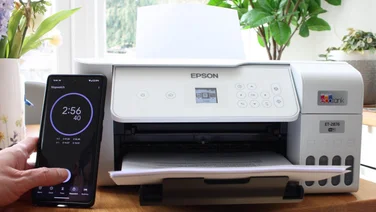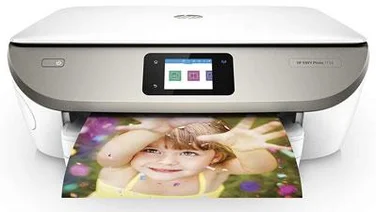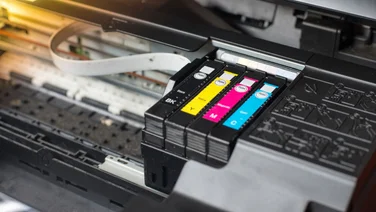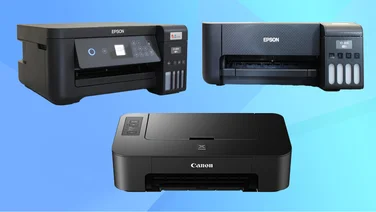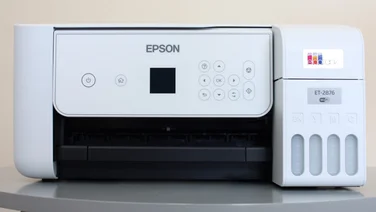To help us provide you with free impartial advice, we may earn a commission if you buy through links on our site. Learn more

The Fujifilm X70 has pretty much everything I want from a camera. At its heart is an APS-C sensor – the same size that’s used in consumer SLRs. This sensor and the f/2.8 lens are equivalent to an f/4.2 lens on a full-frame camera, which puts it in the upper echelons of compact cameras for image quality. There are chunky aluminium dials for exposure compensation and shutter speed, and aperture control is available on a lens ring. A second lens ring can be assigned to ISO speed and various other duties when it’s not controlling manual focus.
Around the back there’s an articulated touchscreen. That might not sound quite as impressive as the big sensor or the dials, but I’ve grown so accustomed to tilting the screen so I can shoot at elbow height and and tapping it to move the autofocus point, I’m not sure I would buy a camera without these features.

The whole lot is squeezed into a camera that measures 44mm from front to back (47mm including its lens cap). There aren’t many compact cameras that use such a big sensor, and and even fewer that are this slim. The trade-off is that there’s no zoom function. The 18.5mm focal length is equivalent to 28mm on a full-frame camera, which is unusually wide for a fixed focal length.
I often harp on about cameras that are jeans pocket sized, and this one passes the test. It also means that – unlike the vast majority of big-sensor cameras – it doesn’t require a dedicated camera bag and can be carried in a handbag, manbag or whatever else you might be carrying.
With its petite dimensions and plentiful controls, it’s a relief to find a decent handgrip and rear thumb grip to ensure a snug fit in the hand. There’s not so much to hold onto on the left flank, but extending the screen at its two hinge points means you can wrap your fingers under the screen for an extremely secure grip.

It’s a nippy performer, taking less than a second to power up and shoot and 0.8 seconds between subsequent shots. Continuous mode came in at 8.1 seconds but there’s only enough buffer memory for 13 JPEGs or seven RAW shots, whereupon it slowed to the speed of the card. Autofocus was responsive and accurate in my tests, but tracking autofocus was less impressive and not something I’d be inclined to rely on. Then again, the wide-angle lens means it’s unlikely this camera will be used to track moving subjects.
There are three user-definable Auto ISO modes, each with minimum and maximum ISO speeds and a minimum shutter speed. Switching to fully automatic mode using the dedicated lever, the camera is able to detect moving subjects and raise the shutter and ISO speeds automatically to avoid motion blur. It’s a shame this isn’t available outside of Auto mode, but it’s easy to grab the shutter speed dial and select a fast speed manually.

The combination of dedicated dials for exposure control and touchscreen autofocus is a rare treat, but a few other aspects of the controls could be better. Tapping the Q button calls up a grid of 16 commonly used functions, but strangely this isn’t touch enabled and must be navigated with the four-way pad. Values are changed with the command dial, but this is a lever rather than a true dial and so cycling through the available values is slower than it should be. I appreciate the ability to assign custom functions to eight buttons dotted around the camera, but more labels for default settings would have made it easier to get to grips with. Still, these quibbles didn’t take the shine off the otherwise joyful experience of using this camera.

Video has never been Fujifilm’s strongest suit, but only the fussiest users are likely to object. There’s a choice of frame rates from 24 to 60fps at 1080p and 720p. Details looked clean and sharp but there were some aliasing artifacts, giving dense textures such as foliage a slightly pixelated appearance. Manual exposure control is available for video, although only by setting the ISO speed in a submenu. The recessed video record button is quite fiddly and must be held down for half a second or so before it responds, but that’s no bad thing.
I’ve seen this 16-megapixel APS-C sensor a few times before in Fujifilm’s compact system cameras (CSCs) and the X100S, and it’s the best-performing sensor of its size for noise levels at fast ISO speeds. It also excels for dynamic range, thanks to Fujifilm’s excellent optimisation that reins in highlights while leaving other parts of the image largely unaffected. This requires the ISO speed to increase from its 200 base value to 800, but there’s barely any evidence of noise at this setting. I found myself reaching for the exposure compensation dial more often than I’d like. It’s definitely worth enabling face detection in the autofocus submenu.
The lens performed well, delivering gobsmacking sharpness in the centre of the frame. It wasn’t quite as crisp towards the edges but it’s not something I’d worry about. The 28mm equivalent focal length lends itself to street and landscape photography and close-up portraits, but this isn’t a camera for shooting wildlife or candid portraits. Personally, I’d be happier with the 35mm equivalent focal length on the X100S and its successor, the X100T, especially as it has a brighter f/2 maximum aperture, but these cameras are bigger and pricier. I rarely felt that the 28mm lens failed to do justice to subjects, and 16 megapixels is plenty for some enthusiastic cropping.

^ Focus in the centre of the frame is razor sharp but drops off a little towards the edges. (1/800s, f/6.4, ISO 400, 28mm equivalent)

^ These chillies are pin sharp but the rest of the scene is a little soft because of the wide aperture. Manual aperture adjustment would have helped. (1/60s, f/2.8, ISO 640, 28mm equivalent)

^ The shallow depth of field is often an advantage, helping subjects stand out from the background. The autofocus has nailed focus on this moving subject. (1/280s, f/5.6, ISO 200, 28mm equivalent)

^ Focus is spot on here, too, but skin tones are a tad over-exposed (with face detection disabled). (1/750s, f/5.6, ISO 400, 28mm equivalent)

^ I set the shutter speed to 1/1,000s to freeze motion, resulting in a raised ISO speed. There’s barely any hint of noise, though. (1/1000s, f/2.8, ISO 800, 28mm equivalent)

^ Skin and hair textures are holding up remarkably well at ISO 2500. (1/60s, f/2.8, ISO 2500, 28mm equivalent)

^ ISO 4000 results in a bit of grain and a glossy sheen in place of skin textures, but it’s a stunning result for such a small camera. (1/60s, f/2.8, ISO 4000, 28mm equivalent)

^ Non-human subjects are more forgiving. The main subject here looks pristine at ISO 3200, although the out-of-focus background is a little noisy. (1/50s, f/2.8, ISO 3200, 28mm equivalent)
Conclusion
The X70 is unusual mix of retro and modern design with its exposure dials and articulated touchscreen, but for me it’s a winning combination. Image quality is outstanding and it has enough charm to make me want to forgive its minor weaknesses. The price is surprisingly reasonable, too.
Its strongest competitor is the Panasonic LX100, which has a slightly smaller sensor but compensates with a wider aperture and 3.1x zoom function. It also offers 4K video capture, but it’s heavier and chunkier and its screen is neither articulated nor touch-sensitive. If you want a luxurious, pocket-sized camera with exquisite image quality, my head says the LX100 is the better choice but by heart says go for the X70.
